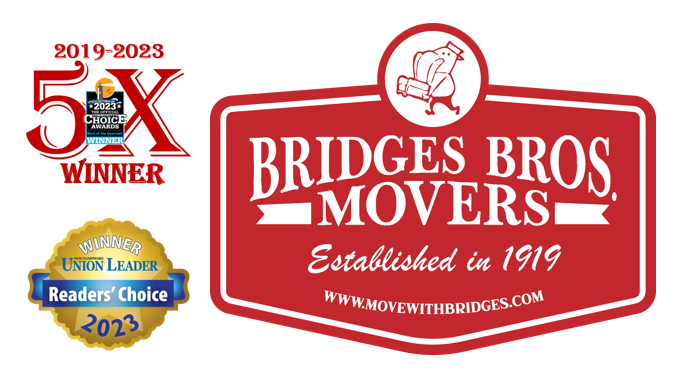Downsizing or Moving? A step-by-step guide to conquering the obstacles

The following is the first in a series of articles designed to assist those who are planning a move with a particular focus on moves that involve downsizing. The series is written by Janan Archibald, owner of Mind Your Manors, who is a certified move manager working with seniors and other clients with specialized moving needs. Janan is also a certified appraiser of arts and antiques.
Downsizing or Moving? A step by step guide to conquering the obstacles
Step One – Get Your Head in the Game
It was just a few weeks ago that my husband announced he had a job interview in a state about 1000 miles away. How do you feel about moving, he asked? I have to admit, a sharp jab of anxiety filled my core at first but I managed a “fine, sounds good” response. As the prospect of moving drew closer, my husband grew increasingly distressed until finally, he blurted out “we CANNOT move, we have too much stuff, no one has possibly done a move this complicated.”
What? Are you kidding me? I replied. I have been a Downsizing and Relocation specialist for almost 12 years, I have worked on hundreds of moves and often find myself managing 2 or 3 in the same week. Most of my clientele are Seniors, people who have been in their homes for 50 years. I have managed clients with multiple homes, where we have had to sell the contents of one house, shuffle the contents of the other two, and move into a brand new primary residence. I have moved people overseas, across the country, empty homes to help with estate dissolution, reporting on the contents via photographs and descriptions to relatives living out of state. You name it, I’ve seen it.
When my husband declared that we are the worst-of-the-worst of hoarders, well that hurt. Before I blurted out the response that immediately popped to mind, I stifled my sarcasm and quickly realized, he was not even at step 1. For years, I have given advice on how to tackle moves and the first step is always “get your head in the game”. If you want to be successful with your move, you have to believe in yourself and embrace the new adventure that lies ahead.
So many times, I have walked into a home only to be greeted by a couple, one who is super excited to meet me and the other who won’t even look at me. In these situations, I find that we cannot just jump right in and start sorting and cleaning out. It’s best to work through the anxiety and anger with the client by demonstrating the need to cleanout.
Graphical floor plans are a good start to show what will physically fit into the new space and discussing the client’s fears. More than often, the resistance stems from the memories associated with the owner’s house. People tend to associate possessions with memories. However, it’s important to remember that your memories stay with you. In many cases, it’s not necessary to take the item to preserve your happy childhood memory.
I love to tell the story about the initial consult I had with two different clients on the same day who lived just a couple of miles from each other. On the first stop, I was greeted by the client’s three daughters who ran out to the car to meet me. The first word out of the daughter’s mouth was “my mother is actually very nice”. Laughing it off, I proceeded to walk through the home with the mom, who informed me that absolutely everything from her 4000 square foot house would be accompanying her to the new apartment, which measured 600 sq ft. All my best tips and tricks with floor plans, offering to make a scrapbook, giving things away to her daughters (so they wouldn’t be “gone” forever), did not work. She clearly was not through “step one.”
My second stop of the day was to a 98-year-old widowed woman, who had lived in the same house her entire life. She was born in the house, lived there with her parents when she married, her husband moved in, she had her children there, her parents passed away, her husband passed away and she remained. Now her kids were moving her to NY.
I wasn’t terribly optimistic that this was going to work out, especially since the last consult ended so badly. Another complicating factor was that the client was completely deaf and the process of downsizing is about communicating openly and honestly about the changes. I started the consult by asking her how she felt about moving. With a broad smile and a sparkle in her eye, she said “I cannot wait, I have lived in this house my entire life and I want to see something new. I can’t wait to be closer to my children and grandchildren”. And with that, we were off – we had a system using hand signals for keep and don’t keep, and with a flick of her hand, the “don’t keep” pile grew to a heaping mound by the end of the day. It was one of the easiest moves I have ever worked on.
It’s important to remember that the downsizing and moving process is going to be different for everyone. There is no “right way” to downsize.
One of my very first clients, 12 years ago had a huge old farmhouse filled to the brim with stuff. Every drawer, corner, the barn was stacked to the ceiling with various items she had collected over 50 years. We started with a small chest in the corner of the dining room, as I took out things that could be sold and started to pile them up, she stopped me in my tracks. She said, before you take away anything, we need to say a thank you prayer to the item. I looked at my client, waiting for the smile and the “just kidding” to come out of her mouth. But nope, she was dead serious. I said, “you do realize, I charge by the hour”? With a nod of her head, she acknowledged but insisted that we say thank you to her items for the part they played in her life.
While this seems a little extreme, it was the perfect way for her to let go of the past, acknowledge the change about to happen in her life, and move on. A lot of professionals equate downsizing with a grieving process of sorts. And as you may know, grief comes in many forms. I always advise my clients to let their spouse, children, parents have the space to work through the move process in their own way. While their method may seem alien to you – it makes sense to them and is often necessary in order to get to the common goal of moving.
Next Article in Series: Where do I start?


